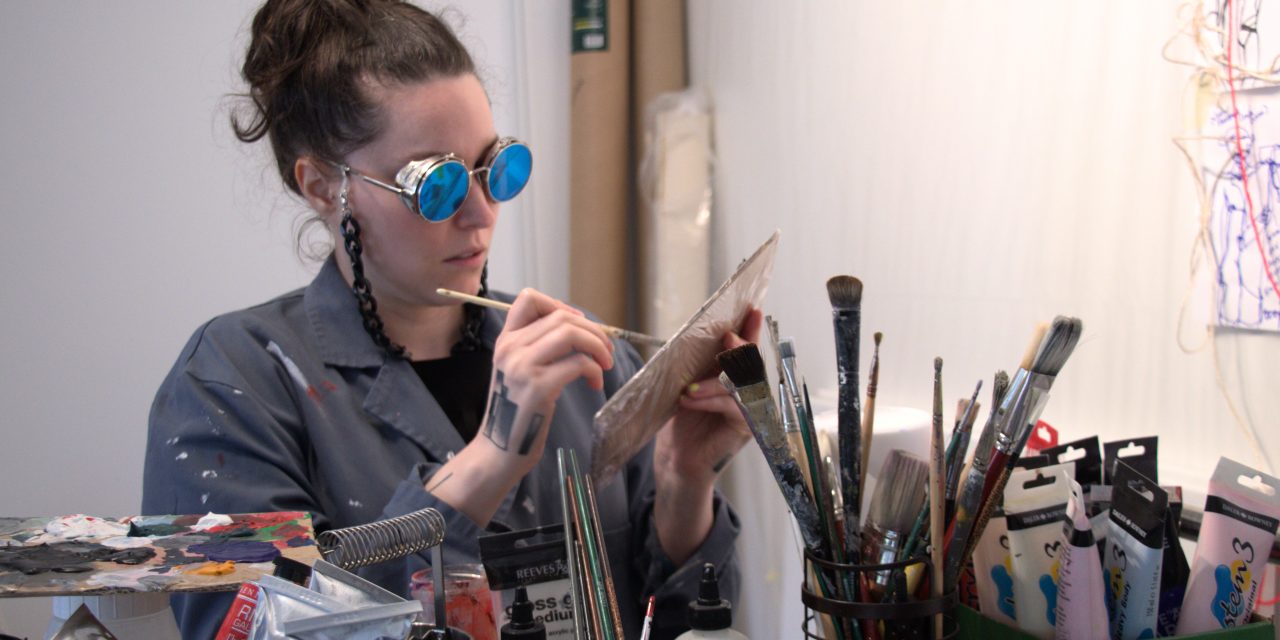Historically women have been portrayed as the supporting role of the men in art. They’ve been muses, wives, mistresses; always in the shadow of men. Even though 60% of the art students in Europe are women today, only 3–5% of the works in permanent collections in museums can be credited to women artists. The patriarchal tracks from the past still influence the art scene and market. The history of art is in need of a rapid change including equality.
The station is busy as always at Gare du Nord. Even though hundreds of travelers crowd themselves at the different platforms, the regional train going north is fairly empty. Getting off only 20 minutes north of Paris feels like entering a whole other part of the country. French countryside-style stone houses, calm streets, friendly smiles from the people outside the local bakery and children riding their bikes freely on the street are the first impressions of the Parisian suburb Deuil-la-Barre.
A short walk from the station, in a yellow house, a window is open on the bottom floor. If you take a peek inside you’ll see canvases against a wall, two easels standing on the floor, and pieces of paintings here and there.
“Hold on, I’ll let you in!”, says a voice inside from the window.
Born and raised in Denver, Colorado in the US, Venezuelan-American artist Lala Drona moved to Paris to pursue her artist career. 11 years later and now she has her own studio.
“I first thought about moving to New York, but then I thought “hmm, where do all the New York artists go?”, says Lala.
And that’s how she ended up in the artist capital of Europe.
Her art consists of videos and paintings that tackle themes from digital spaces to the body and female gaze. Her paintings often include portrayals and pictures of female body parts, and she often uses birth as a recurring element in her art.
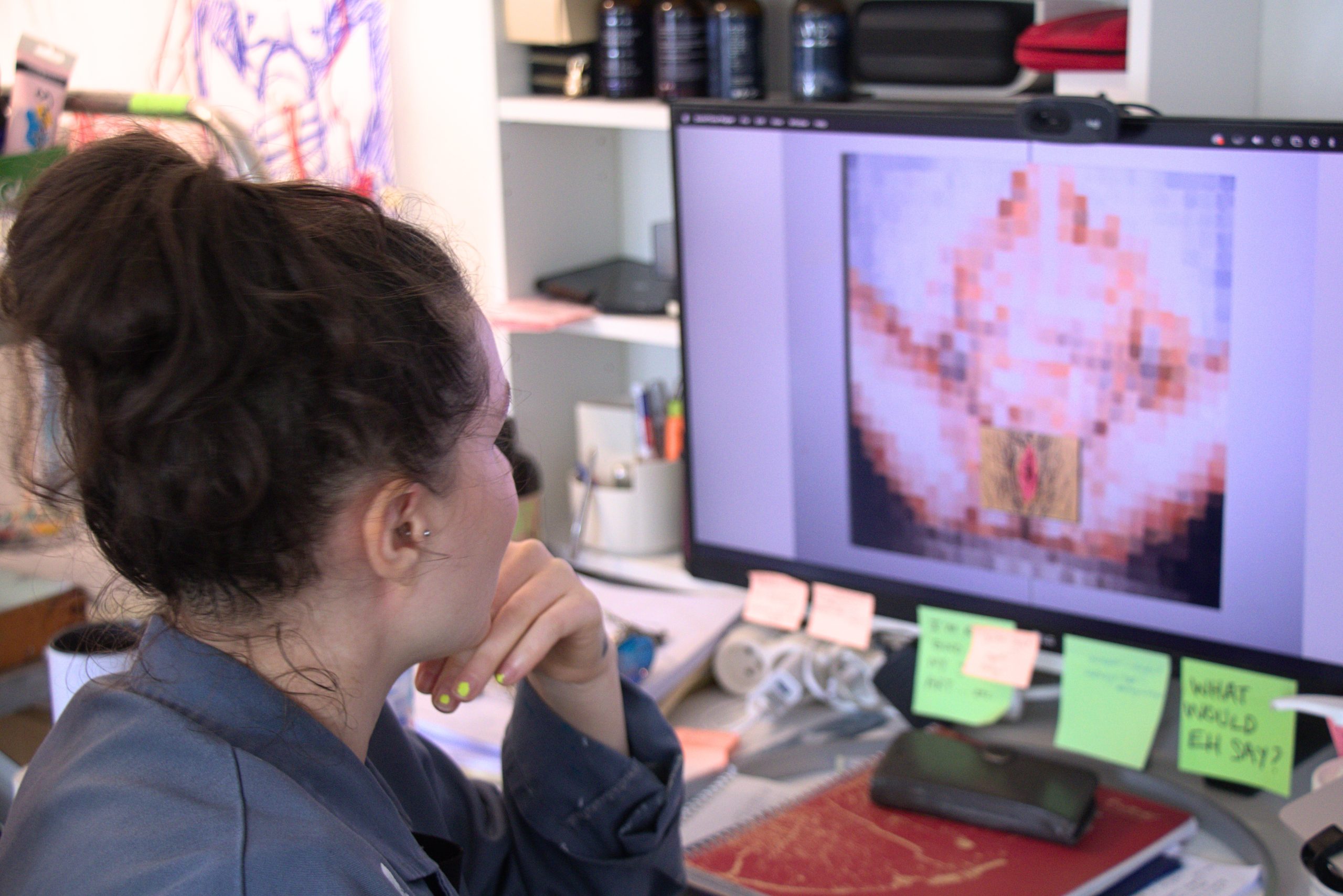
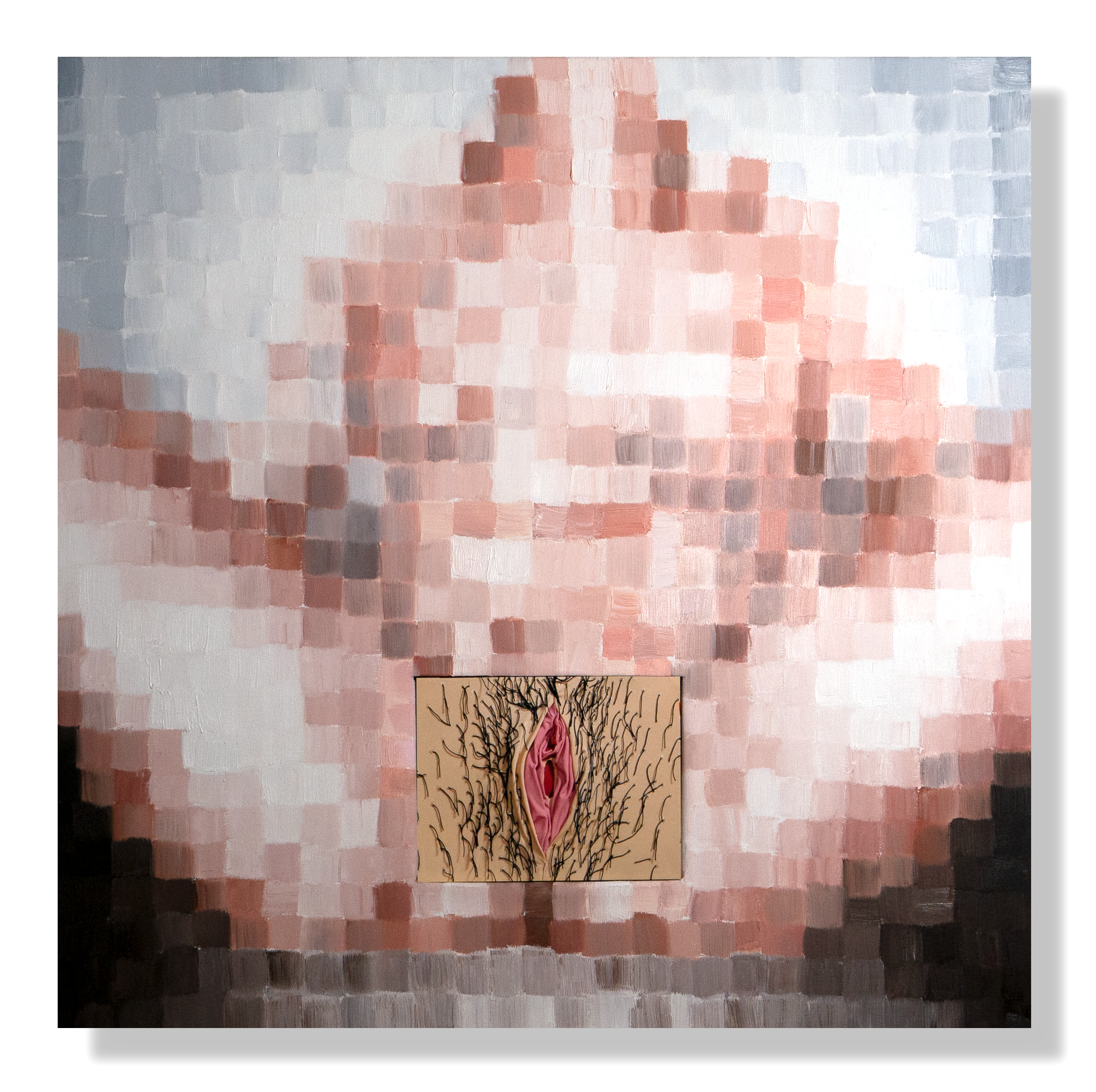
Women as distraction, men as protégés
Coming to Paris in her twenties, it was difficult to get the respect and mentorship from the respected male artists in the scene. The opportunities as a young woman were strained.
"Women are not seen as geniuses" Artist Lala Drona
As she was looking for internships as an aspiring artist, she got negative responses due to the fact that she was a woman. The male gallerists and artists wanted only male interns, due to the fact that having a female intern could be “too distracting”:
“There’s clearly a bias that women, especially young, are not seen as genius. Which is clear bullshit. And the young men are often seen as protégés”
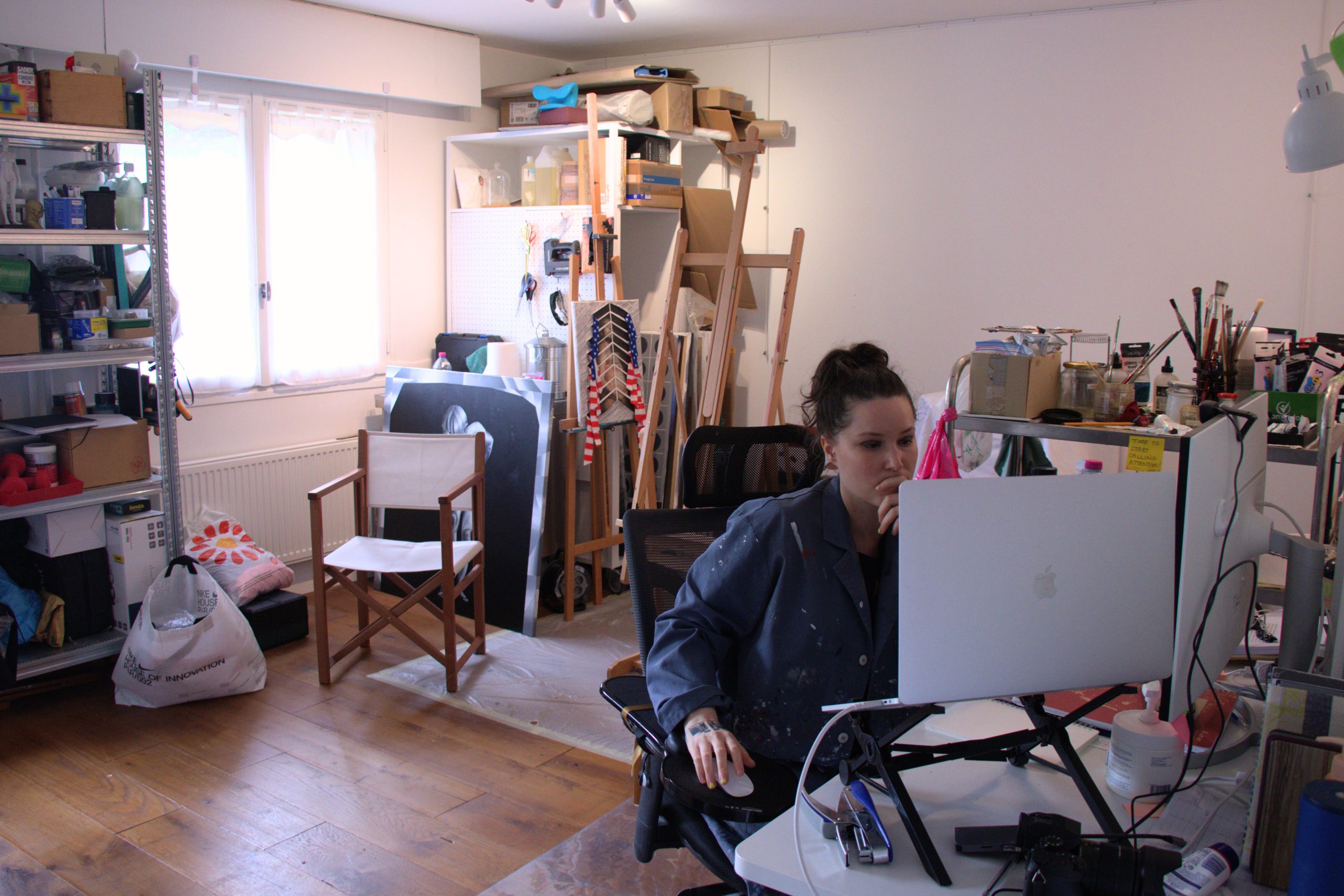
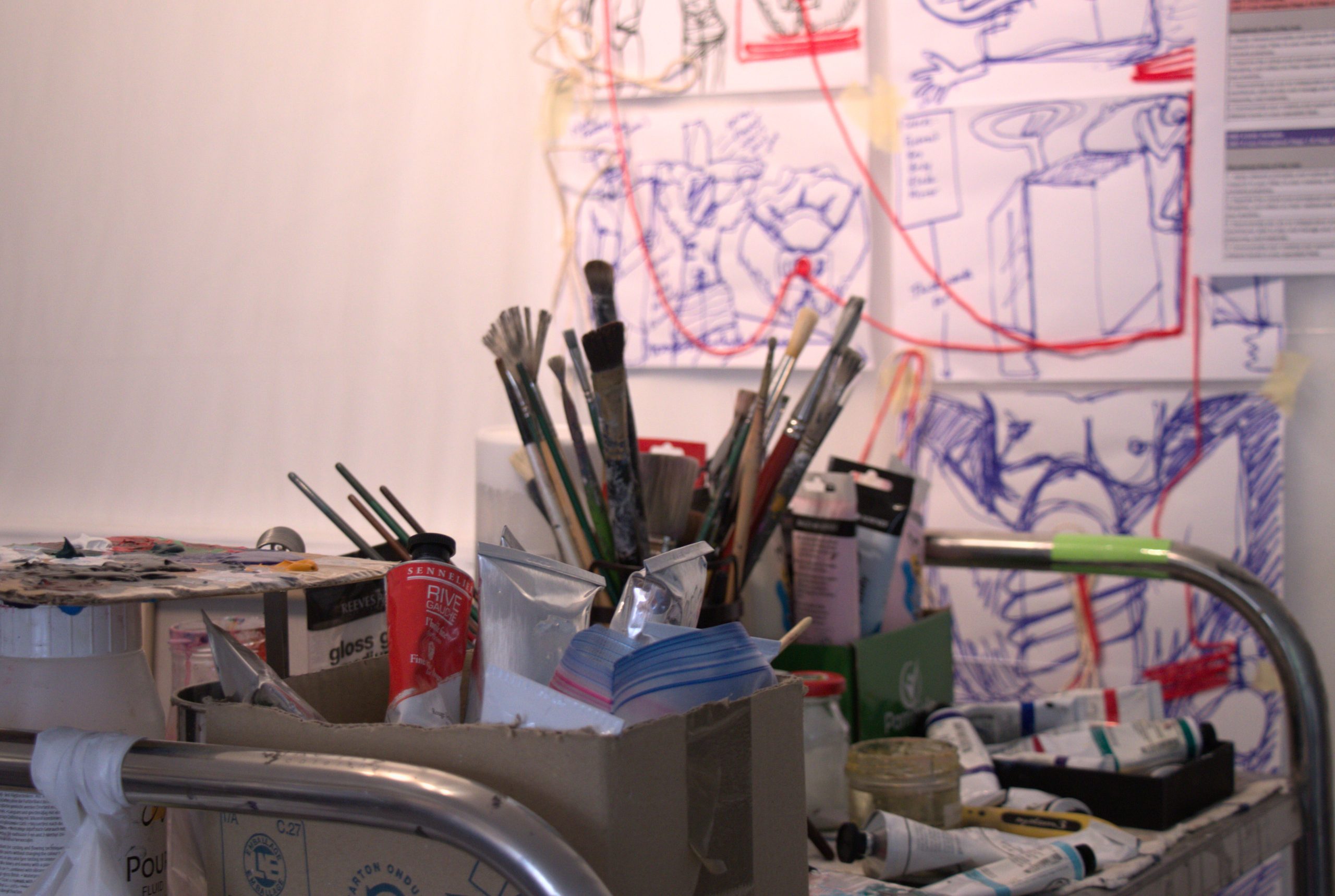
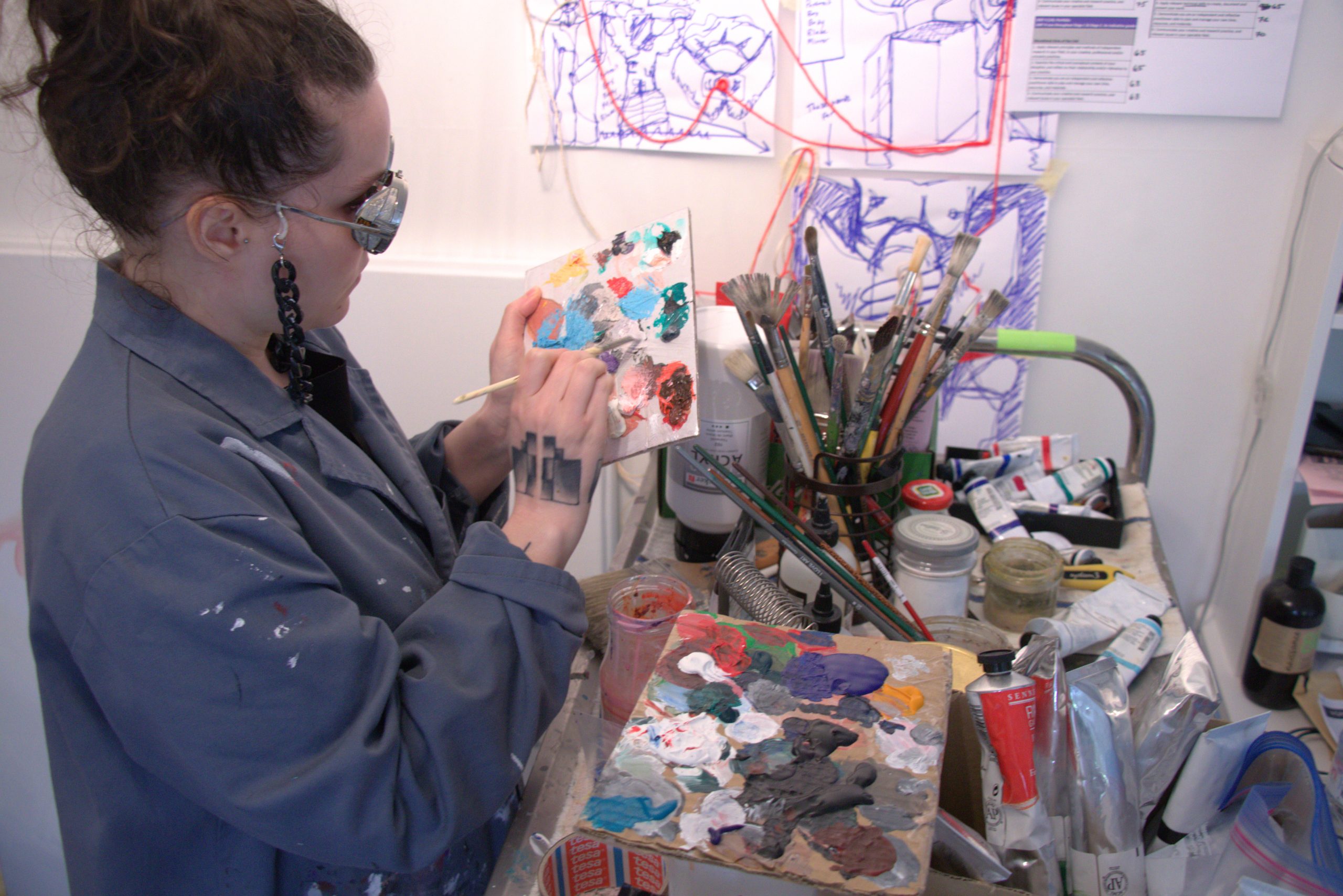
The 36-year old artist says she experiences a great difference in respect now compared to when she was younger. Even though the respect has increased, she says that the biases which are benefiting men, is still very much present. In the art world, but also in her own mind.
” Approaching somebody in a position of power, I feel in general, even at events and parties, we’re not really seen as important. I feel that I’m not looked at as an important person. Whilst if you see an older man across the room, you kind of assume that he is ‘somebody’,”
Even when the woman has a significant role in the room, she still can get diminished. Lala recalls a humiliating incident from an exhibition she was a part of.
“A group of French men said a joke in broken English, including the word blowjob. I asked them if they knew what the word meant, and one of them said “No, but you can show me” and they all started laughing”
Enlarge
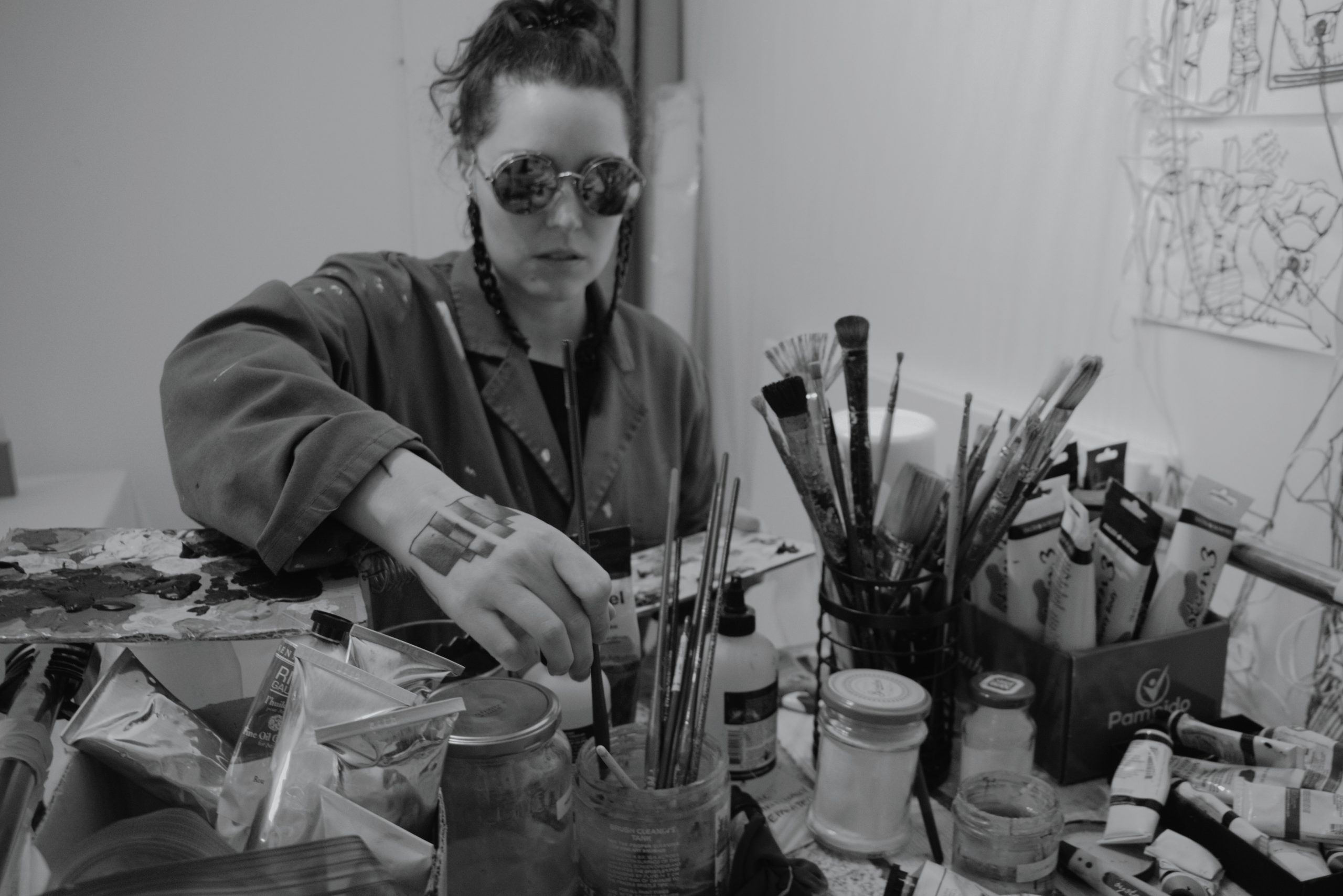
Photo by: Nathalie Koskinen
The historical impact
Not only have women artists been overlooked, diminished and belittled in art history, but there are even multiple cases of women’s works getting stolen or discredited by men. French sculptor Auguste Rodin allegedly stole some works of his 20 year younger mistress and pupil Camille Claudel. Margaret Keane’s husband Walter Keane took all credit for her big-eyes paintings, and stated that he was the artist. Marcel Duchamp is attributed to the Fountain, a piece that changed the course of modern art, but in reality was an idea originally belonging to Baroness Elsa von Freytag-Loringhoven.
Lala Drona says that the lack of female representation in history has affected her as an artist throughout her whole life. Even though she’s seeing a change and shift in the representation of women in the art scene, she’s aware of how much history actually plays a role in the art world.
“There will always be these historical masters like Manet and Picasso who run the market. Women are not included in that side of history, and I don’t think they could ever be included equally, even if we rediscovered them”
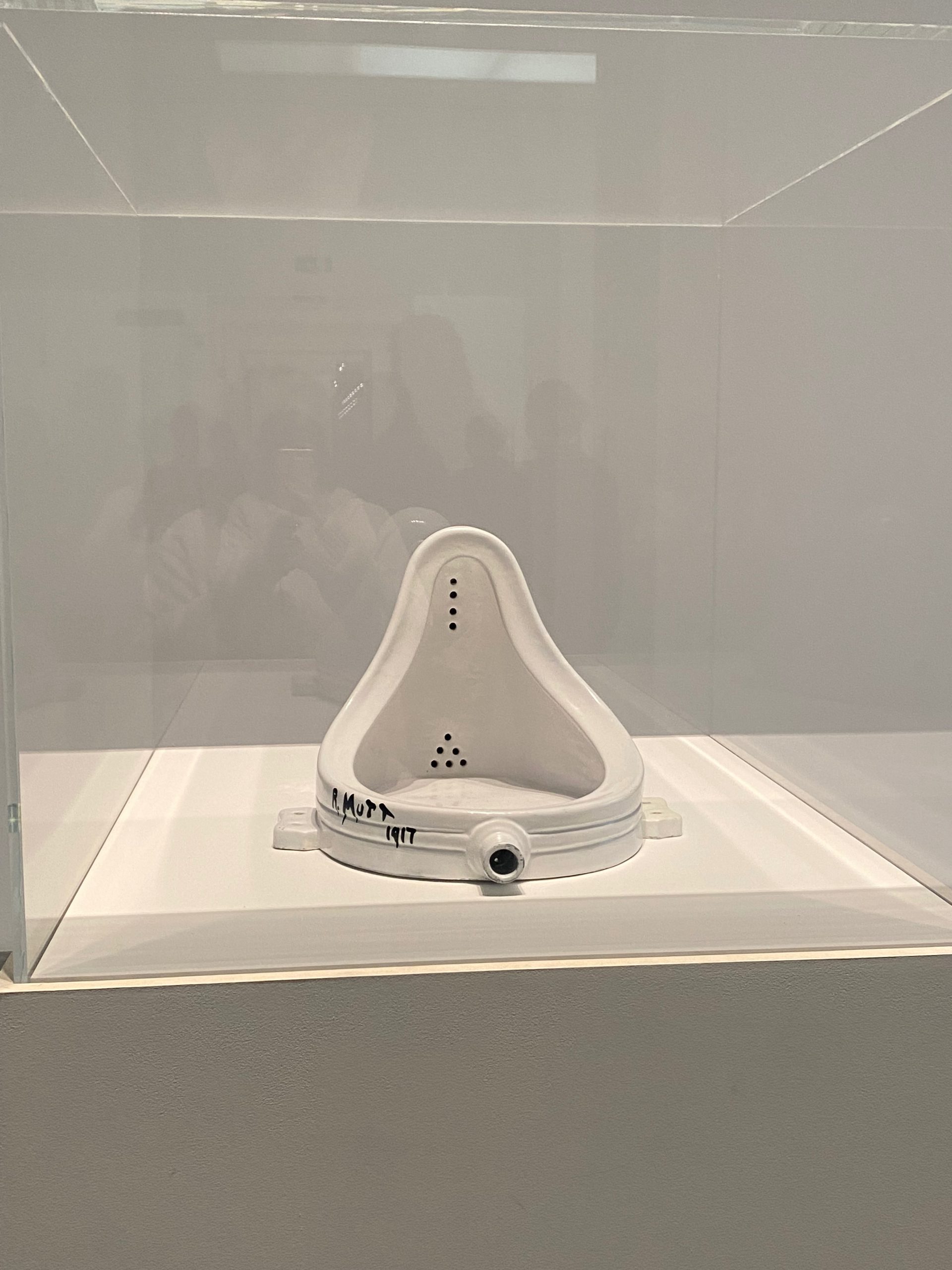
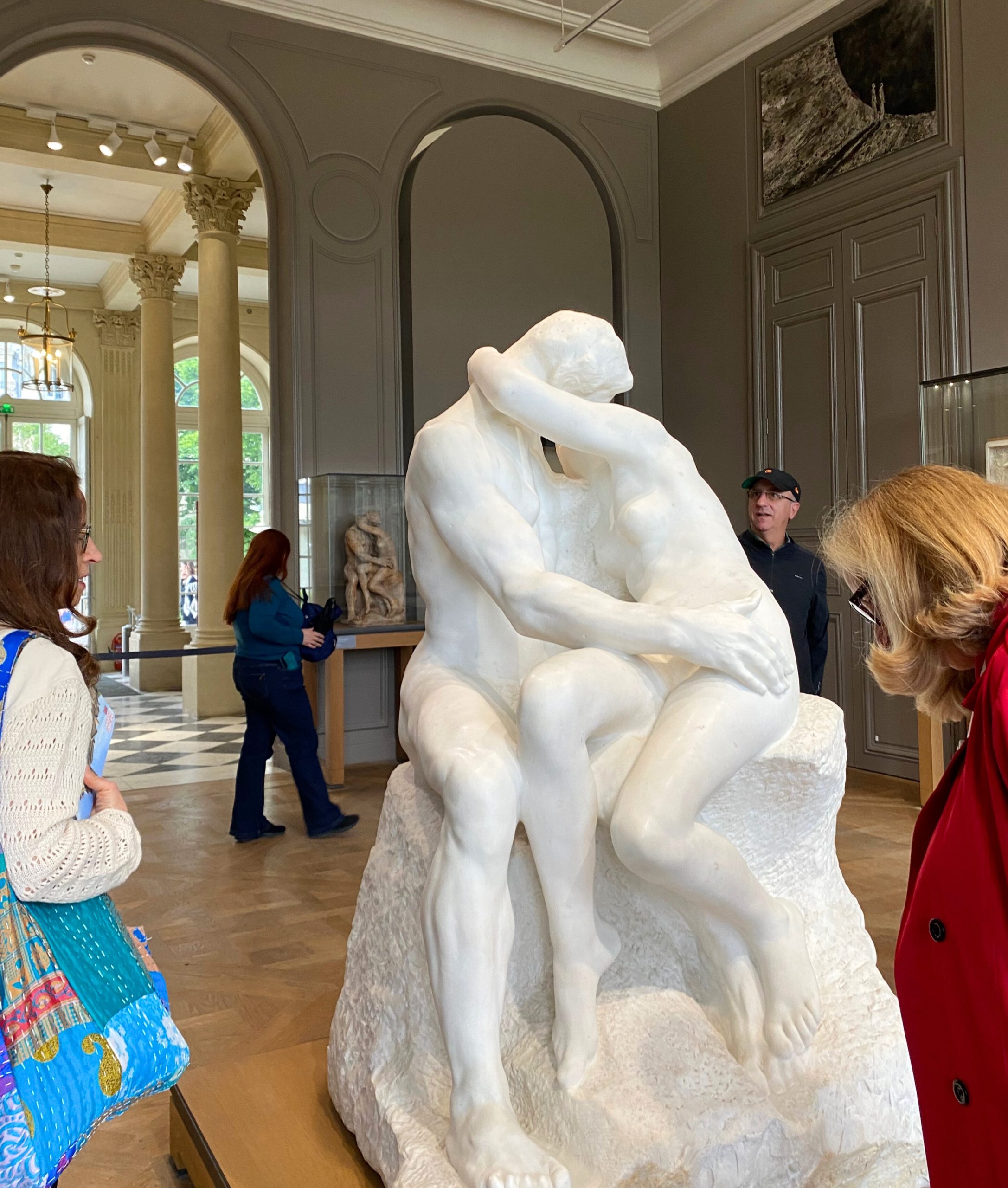
Feminist curating as a tool to increase visibility
The term “curatorial activism” was introduced by American art director Maura Reilly in 2018, to explain the action of organizing exhibitions with the aim of giving the spotlight to the underrepresented groups of artists that have been left out from the greater narrative within art.
Feminist curating, which is a form of curatorial activism, has focused on shedding light on women, and to address the gender discrimination and imbalance in the art world. Even though feminist curating is a fairly new term, historically the practice of exhibiting only women artists has been done for many years, and can be dated 100 years back.
"The museums will choose men to represent because it's prestigious" Art historian Marie Bagi
According to art historian and professor Marie Bagi feminist curating can be practiced in different ways but the conclusion is that they want equality and fairness between the genders.
“Feminist curating can be about vindication of women, and some curators will be harsh and aggressive towards the institutions and won’t include men artists whatsoever. It can also be seen as a more welcoming kind of movement, where the women try to work together with institutions, and make themselves seen”
Bagi is also the founder of art organisation Espaces Artistes Femmes, which is an artistic place to honor women in the world of art. For there to be a change in the visibility of women, Bagi says that a big part of the responsibility is on the leaders and big institutions, like museums and auction houses. These institutions are usually led by men, both in the artistic and administrative roles.
“It’s about money. They don’t care about if it’s women or men, but since the men are more visible and more high in the market, they will choose men to represent because it’s prestigious”, says Bagi.
Women need to buy art
With women being underrepresented in museums and exhibitions, naturally there is also a big gap in the art market. Women’s artworks only accounted for 2% of all sold art at auctions between 2008 to 2019.
This is something that French gallerist Annelise Stern wants to change. By explicitly showcasing and exhibiting women in her gallery Artgirls, she wants to give the women artists a chance to get their art sold. She firmly believes that women’s art needs to get a higher status in the market, for there to be equality in the art world.
“Ever since I was 18, I wanted to work with art. I don’t have any artistic talent myself, so I wanted to support and help women artists. I’m not jealous of them, I do what I do because I admire them”, says Annelise.
Enlarge
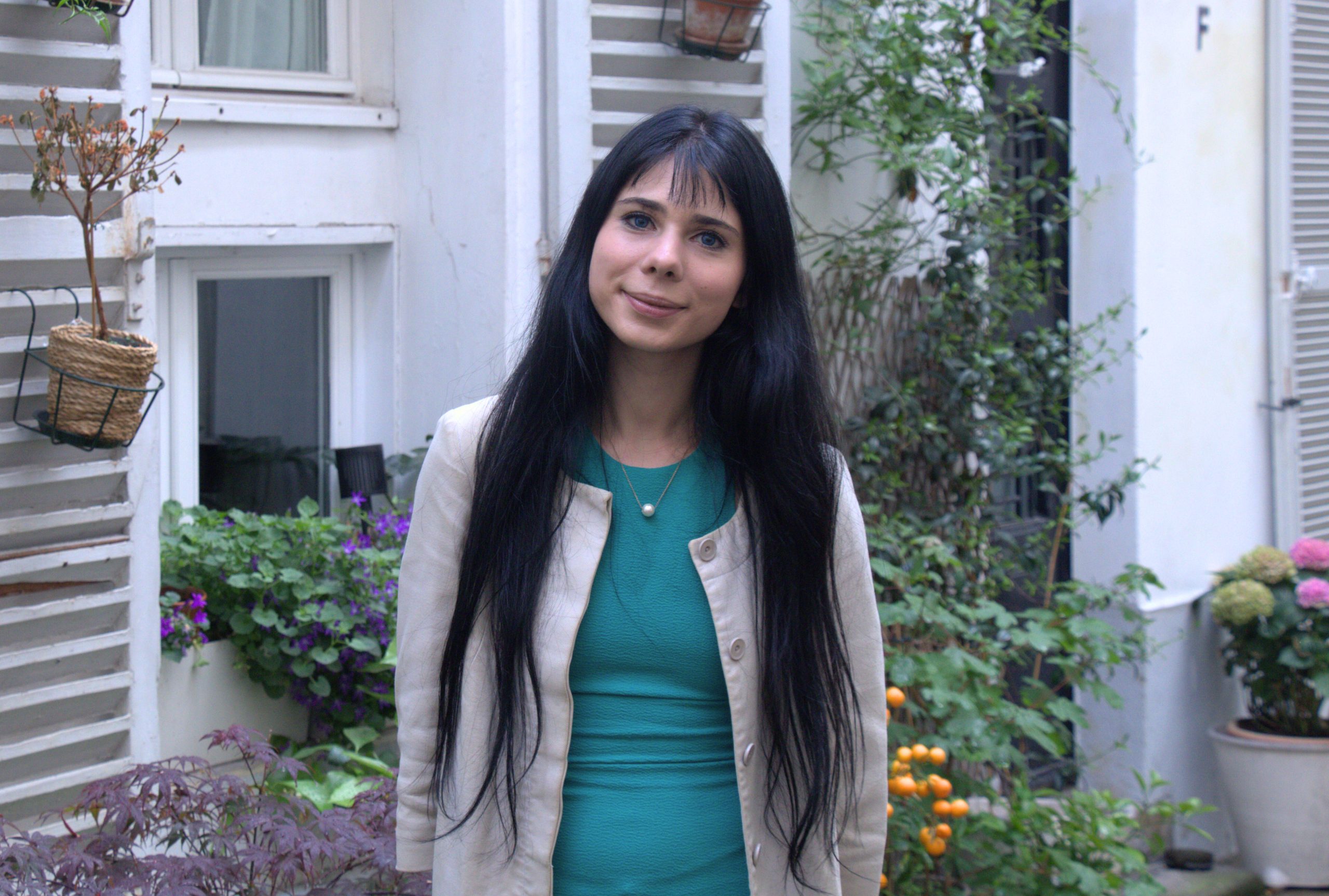
Photo by: Nathalie Koskinen
Since 4 years back Artgirls has been exhibiting in different venues, whilst sharing a central office space in the 2nd arrondissement in Paris. Their physical gallery will open in September with a 300 square meter venue in the wealthy Boulogne-Billancourt in the southeast of Paris. By having their own space in a prestigious area, Stern hopes to attract affluent and consistent collectors to become frequent buyers of their art.
“It does not help that some big galleries or auction houses organize one sale for only women artists. We don’t need charity, we need equality”
As a 28-year old woman who’s cared about her looks, she herself experienced prejudice and sexism in her career.
“When I started as a 20-year old I got hit on many times, and when you’re invited to these dinners with high-up people in the art market in Paris, you can get a feeling that you don’t belong, just because I’m young, I like make up and heels and I clearly don’t come from the same social background”
Even though a recent report shows that women spend more money on art than men, there is still a need for more women collectors, according to Stern. Women are more likely to buy art made by women, and it’s necessary to have women in all sorts of positions in the art world.
“Paintings are liquid gold on a canvas, so we need women to buy more art and become collectors of women artists”
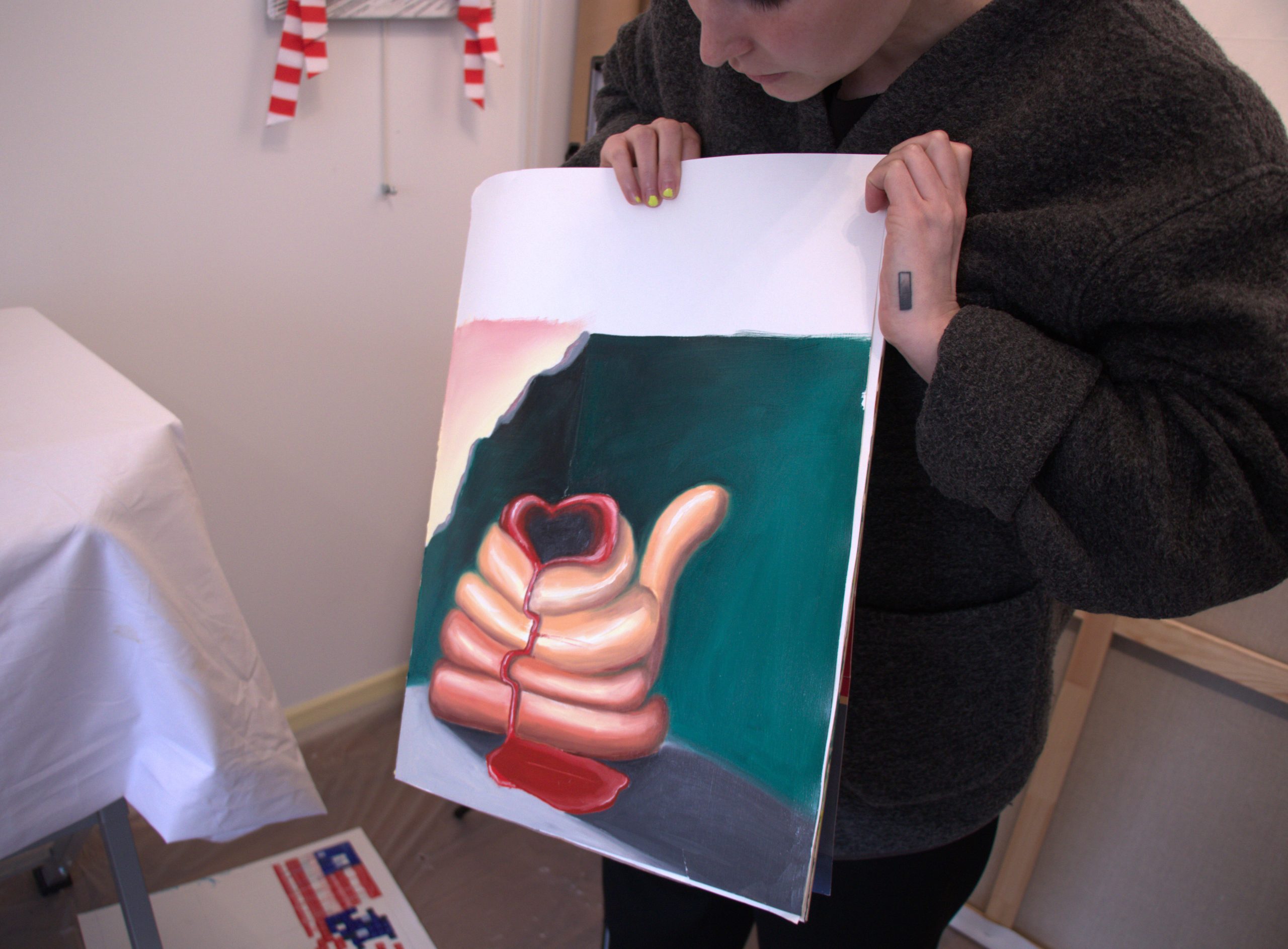
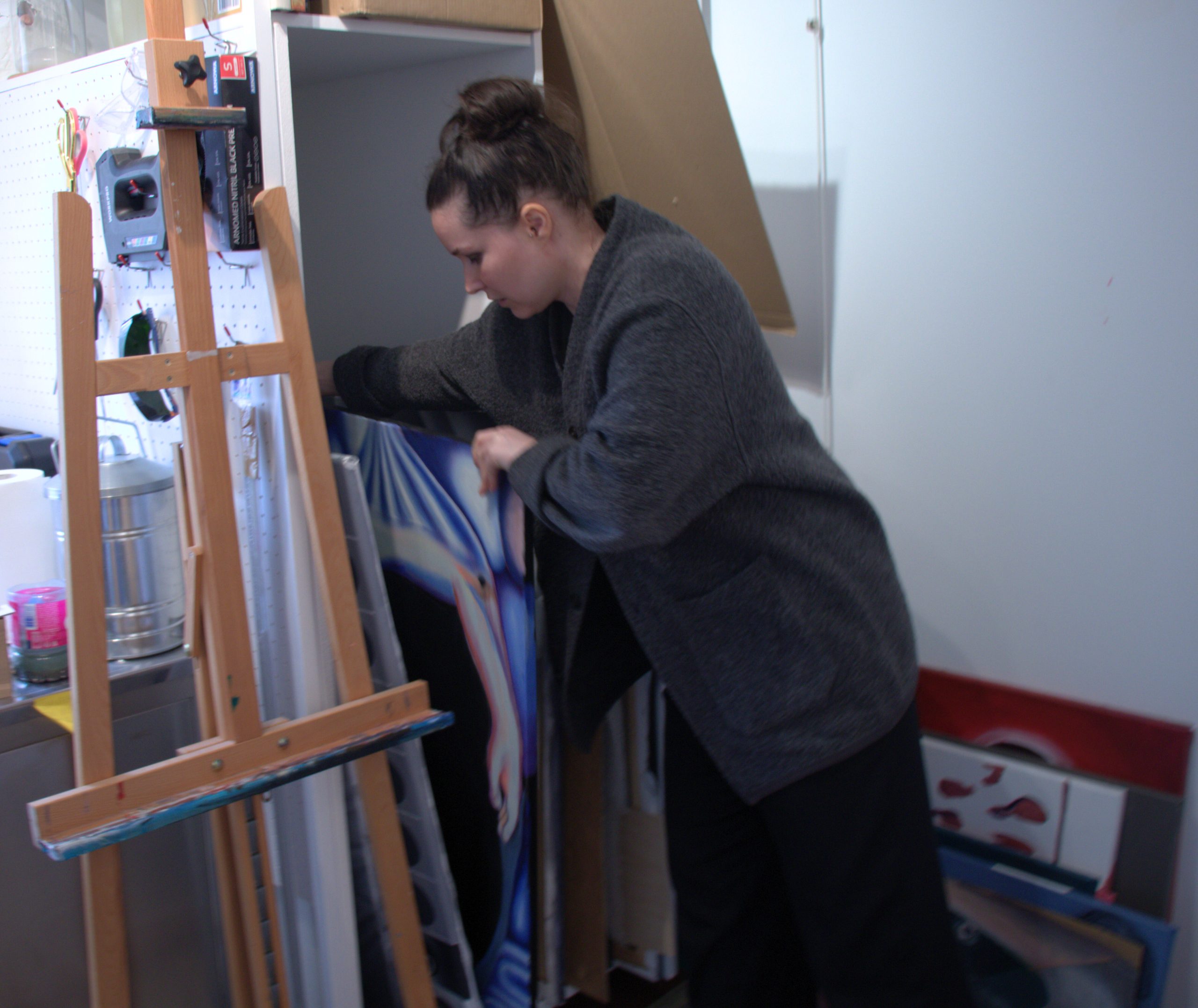
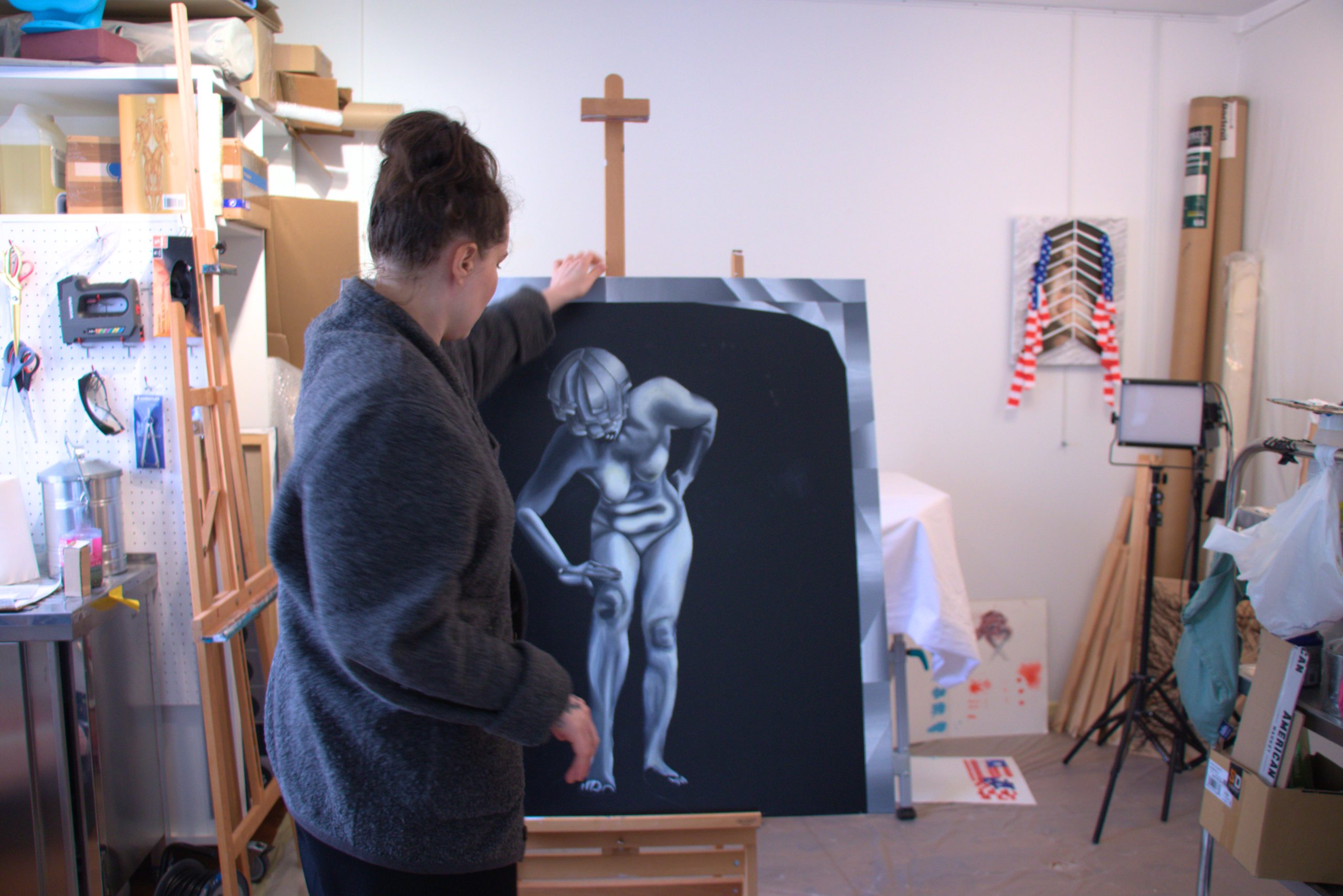
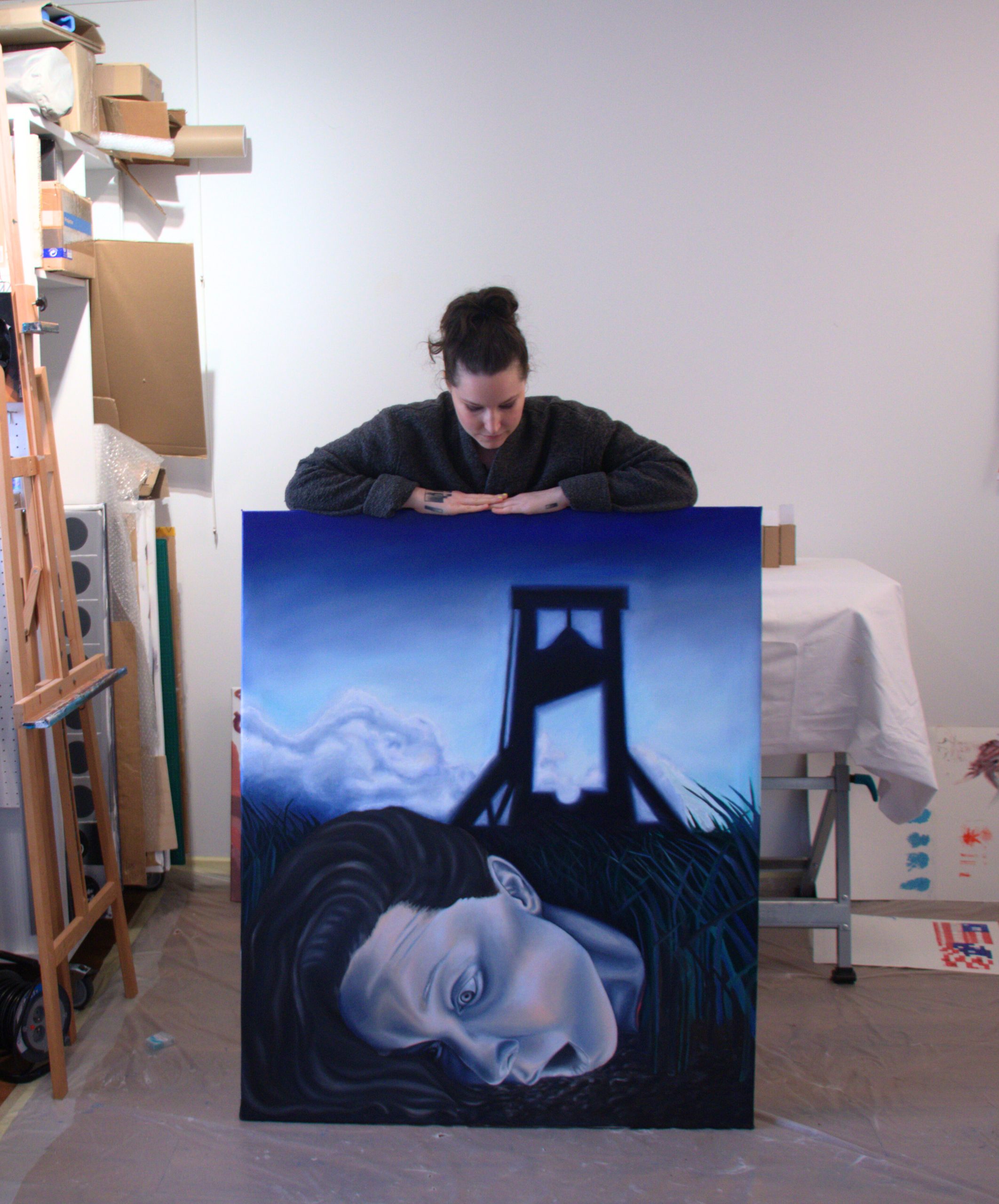
The pie of opportunities can grow
So, could the solution be to exhibit women and for women to buy more art themselves? It might not be that simple.
By exhibiting purposely only women, the attention and visibility can be enhanced, but feminist curation, in the means of solely exhibiting women, has gotten a lot of criticism for narrowing it down to gender and being predominantly non-diverse.
“Feminist curation can be seen as militant, like feminism movement, that they are revindicating something. But I think we need to see it as the sorority it is and saying that, sharing and giving it to the world together, it’s a strength”, says Bagi.
"We don't need charity, we need equality" Gallerist Annelise Stern
By acknowledging and giving the women equal visibility, it also opens up the chance for other minorities and discarded groups to enter the art scene. Feminist curators, gallerists and artists still keep on working towards a more inclusive future.
“We’ve all been taught that opportunities are limited, and women get less opportunities than men. Like there is a pie, and women get a smaller piece of the pie than men, so women are pitted against each other fighting for that smaller piece. However, I believe that the pie of opportunities isn’t fixed. It can get bigger, giving everyone a bigger slice”, says Lala.
